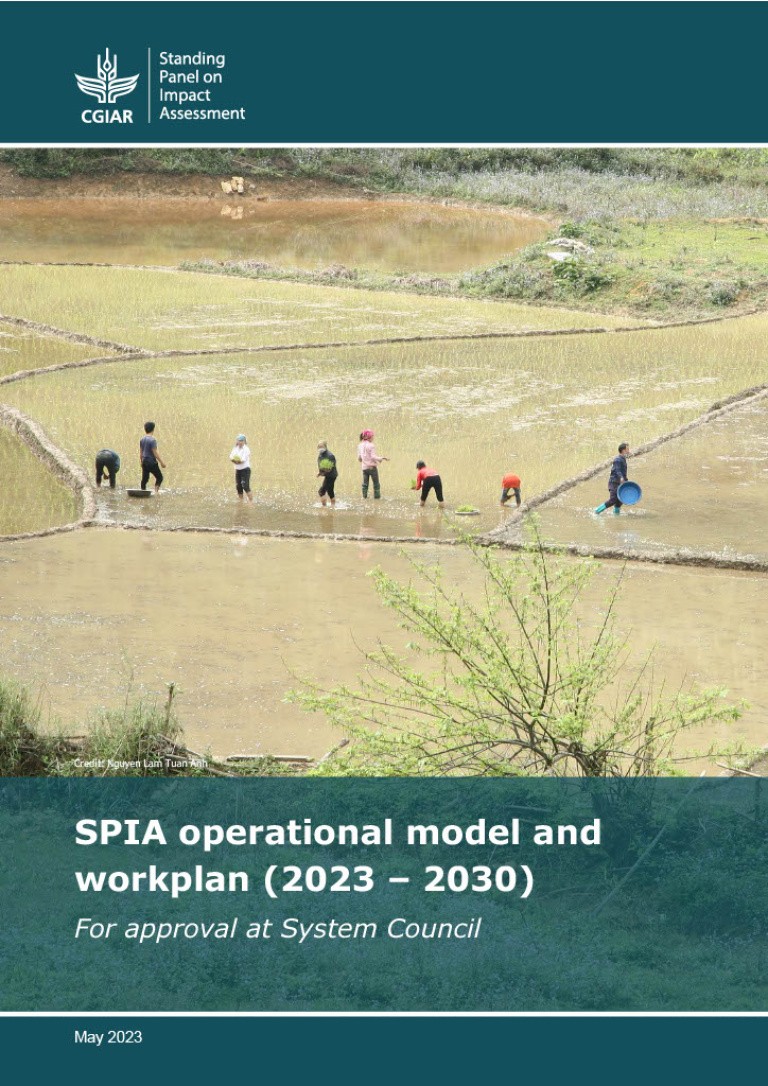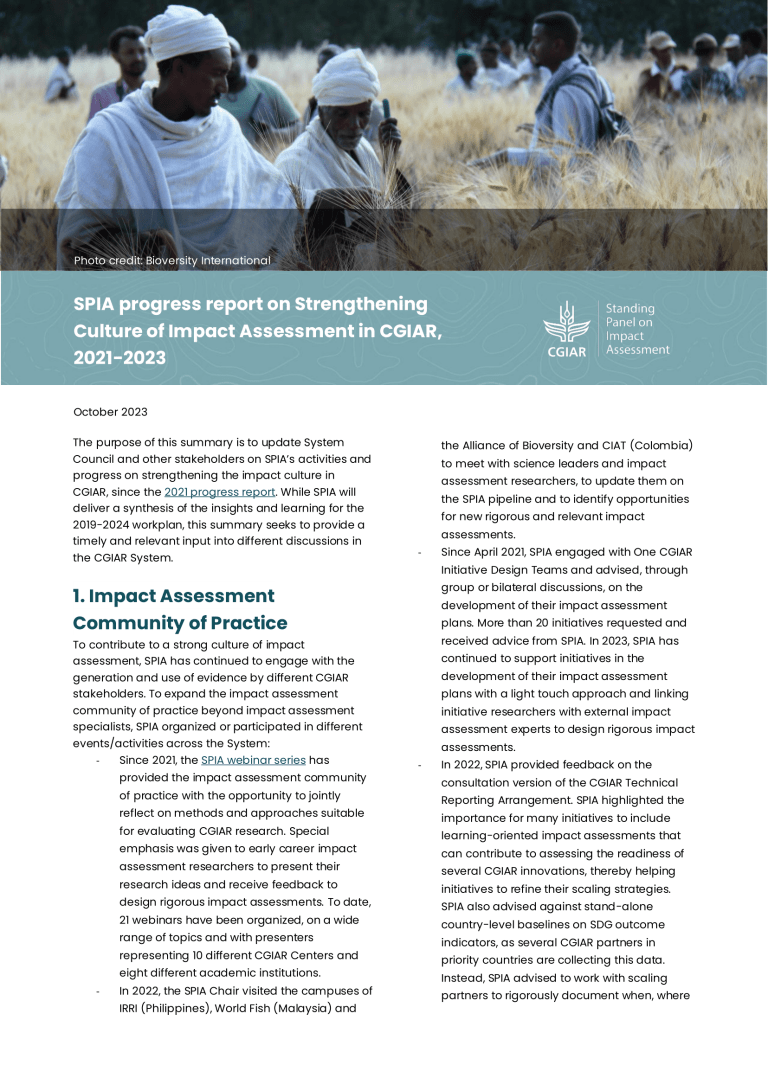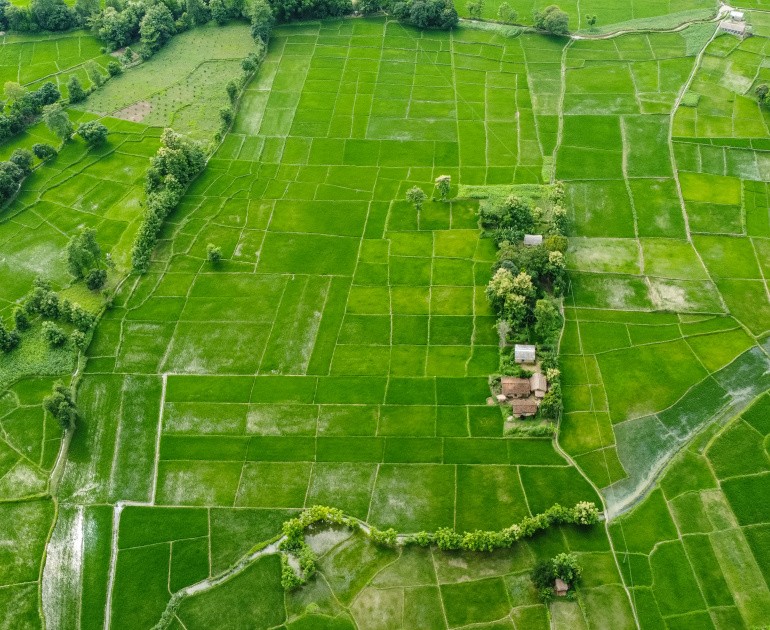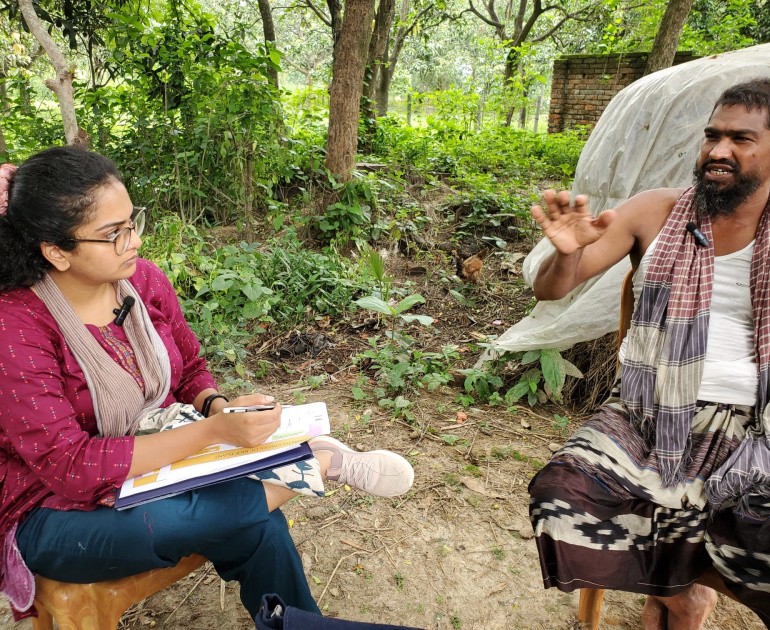Abstract
The CGIAR portfolio spans a wide spectrum of research, development, and policy engagement activities, involving a multitude of disciplines and approaches, and a large set of causal pathways, and possible outcomes. The commonality across this wide portfolio is that CGIAR aims to provide public goods, which potentially benefit many populations in different parts of the world. It is the global public good nature of CGIAR activities that provides the theoretical rationale for support of the system. Yet evidence for the large-scale impact of more recent investments in CGIAR is scarcer and maintaining confidence in the system requires an updated approach to impact evidence.
SPIA’s mandate—providing evidence on the impacts at the system level of a set of agricultural research-for-development (AR4D) centers and programs that are themselves portfolios of research and development programs and projects—is possibly unique in international development. This challenge is complex and distinct from the evaluation of an individual research or development intervention.
In this technical note, we outline our current approach which specifically recognizes that CGIAR’s core activity is AR4D, and therefore faces the uncertainties inherent in scientific progress, in addition to those associated with development investments and processes. We focus on the two areas of accountability and scale, as well as learning studies and decisions to scale. We then discuss the importance of rigorous methods, timelines and the importance of partnerships, before concluding with a review of the use of different types of impact evidence for decision making in CGIAR.
Citation
SPIA (2020). SPIA’s Approach to Impact Assessment for CGIAR. Technical Note N.8. Rome: Standing Panel on Impact Assessment (SPIA).
Author(s)
Standing Panel on Impact Assessment (SPIA)





